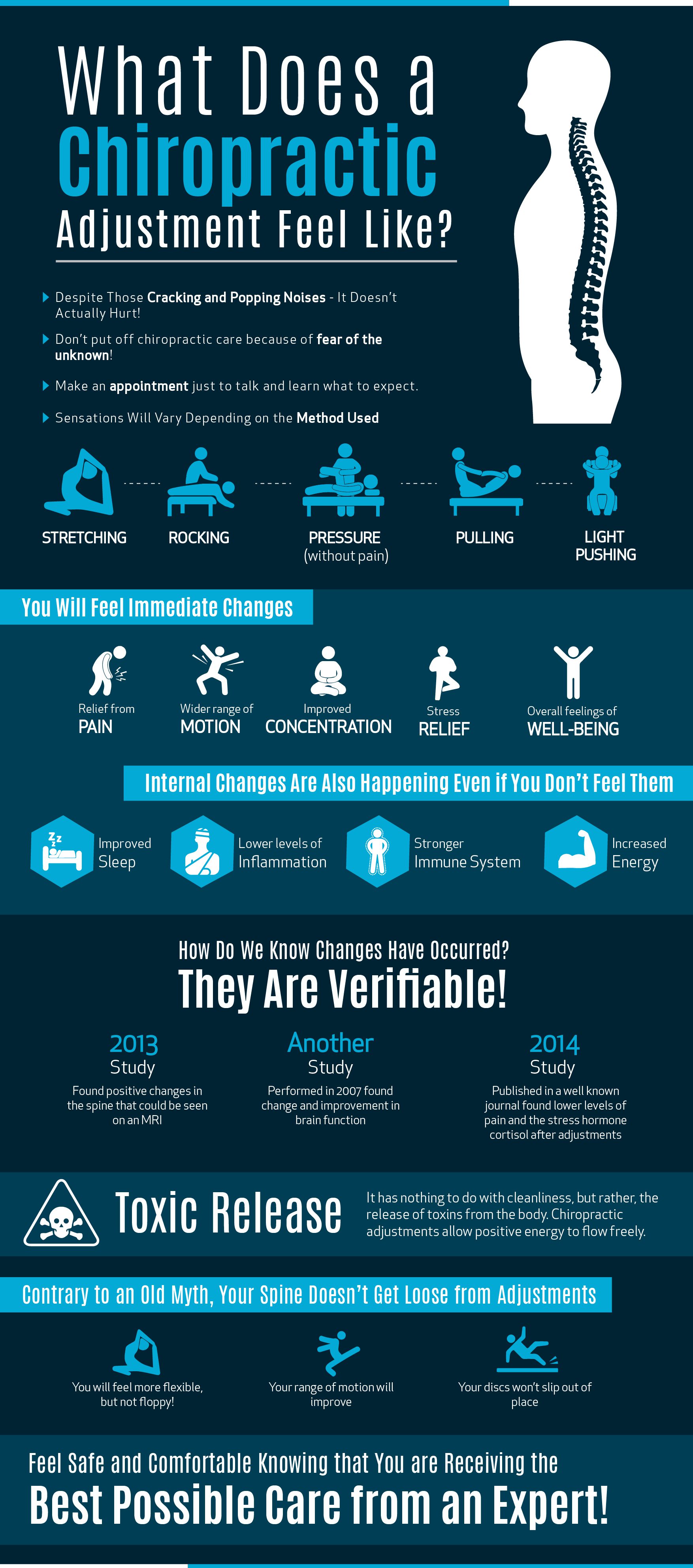Secret Daily Routines That Lead To Pain In The Back And Just How To Mitigate Their Effects
Secret Daily Routines That Lead To Pain In The Back And Just How To Mitigate Their Effects
Blog Article
Post By-Hermansen Harper
Keeping correct posture and staying clear of typical risks in everyday activities can substantially impact your back health. From just how you sit at your desk to how you lift heavy objects, tiny adjustments can make a huge distinction. Picture a day without the nagging pain in the back that impedes your every move; the option may be less complex than you think. By making a couple of tweaks to your day-to-day practices, you could be on your way to a pain-free presence.
Poor Pose and Sedentary Way Of Living
Poor pose and a sedentary lifestyle are 2 major factors to pain in the back. When you slouch or hunch over while sitting or standing, you put unnecessary pressure on your back muscular tissues and back. This can result in muscular tissue imbalances, stress, and eventually, chronic back pain. Additionally, sitting for long periods without breaks or exercise can compromise your back muscle mass and cause rigidity and discomfort.
To deal with inadequate position, make a conscious initiative to sit and stand right with your shoulders back and straightened with your ears. Bear in mind to maintain your feet flat on the ground and prevent crossing your legs for prolonged durations.
Integrating normal extending and strengthening exercises into your day-to-day regimen can also assist improve your pose and ease neck and back pain related to a less active way of living.
Incorrect Training Techniques
Inappropriate training methods can substantially add to back pain and injuries. When you lift heavy things, remember to bend your knees and use your legs to lift, instead of depending on your back muscles. Stay clear of twisting your body while training and keep the item near your body to reduce strain on your back. It's crucial to maintain a straight back and stay clear of rounding your shoulders while raising to stop unneeded stress on your spine.
Constantly examine the weight of the things before raising it. If it's too heavy, request assistance or use devices like a dolly or cart to move it securely.
Remember to take breaks throughout raising jobs to give your back muscular tissues a possibility to rest and avoid overexertion. By carrying out proper training strategies, you can protect against neck and back pain and reduce the danger of injuries, guaranteeing your back remains healthy and solid for the long-term.
Lack of Regular Workout and Stretching
A less active way of living without regular exercise and stretching can considerably add to back pain and pain. When you don't participate in physical activity, your muscle mass end up being weak and stringent, resulting in bad stance and increased pressure on your back. Routine workout helps reinforce the muscle mass that support your spine, enhancing stability and decreasing the danger of neck and back pain. Including stretching into your routine can also enhance adaptability, preventing stiffness and pain in your back muscle mass.
To stay clear of neck and back pain caused by a lack of workout and stretching, go for at the very least thirty minutes of moderate physical activity most days of the week. Include workouts that target your core muscular tissues, as a strong core can aid relieve pressure on your back.
In addition, take breaks to extend and move throughout the day, specifically if you have a workdesk job. Find Out More like touching your toes or doing shoulder rolls can help ease stress and avoid neck and back pain. Prioritizing normal workout and stretching can go a long way in keeping a healthy back and decreasing pain.
what causes lower back pain , keep in mind to sit up straight, lift with your legs, and remain active to stop pain in the back. By making basic adjustments to your day-to-day practices, you can stay clear of the discomfort and constraints that feature neck and back pain. Take care of your spinal column and muscle mass by practicing great position, proper training techniques, and regular exercise. Your back will thank you for it!
